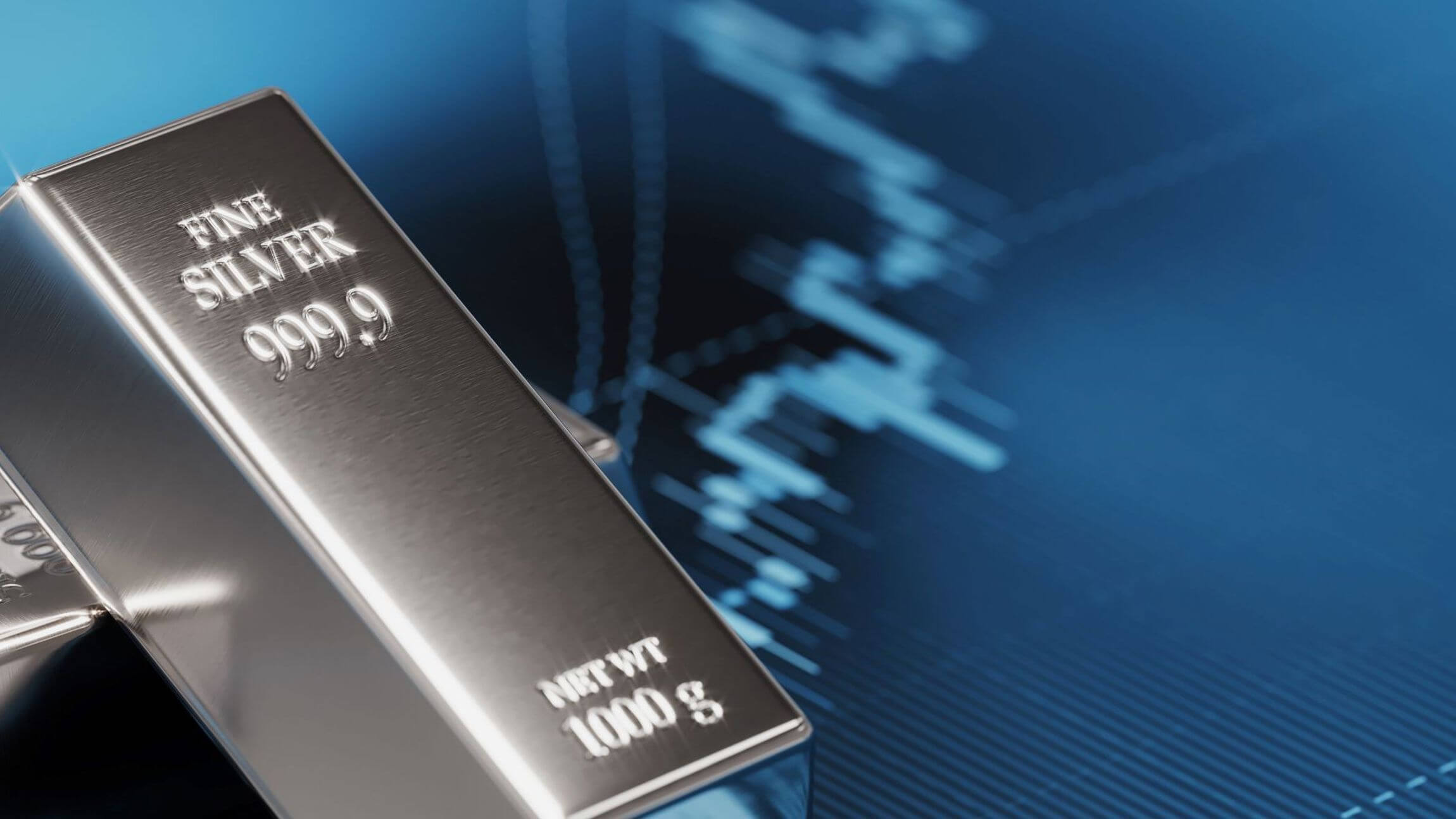In the landscape of precious metal investments, silver bullion holds a unique and compelling position. While gold often takes the spotlight, silver offers a myriad of benefits that make it an attractive addition to any investment portfolio. This blog explores the historical significance, benefits, types, and considerations of investing in silver bullion, emphasizing its role as a valuable and versatile asset.
The Historical Significance of Silver
Silver’s use as a form of currency and a store of value dates back thousands of years. Ancient civilizations, including the Greeks, Romans, and Egyptians, recognized silver’s value, using it for coinage, trade, and ornamentation. Its historical role as money and a symbol of wealth continues to influence its perception and value in modern times.
What is Silver Bullion?
Silver bullion refers to pure silver in the form of bars, coins, or ingots, with a high level of purity, typically 99.9% or higher. Unlike silver jewelry or decorative items, bullion is valued based on its weight and purity, making it a straightforward and reliable investment option.
Why Invest in Silver Bullion?
- Affordability: Silver is significantly more affordable than gold, making it accessible to a broader range of investors. This lower entry point allows individuals to start investing in precious metals without a substantial initial outlay.
- Industrial Demand: Silver has extensive industrial applications, from electronics and solar panels to medical devices and batteries. This industrial demand contributes to its value and provides a buffer against market volatility, as the need for silver in various industries continues to grow.
- Hedge Against Inflation: Like gold, silver serves as a hedge against inflation and currency devaluation. During periods of economic instability, silver often retains or increases in value, protecting investors from the erosion of purchasing power.
- Diversification: Including silver bullion in an investment portfolio enhances diversification. Silver often moves differently than other asset classes, such as stocks and bonds, helping to reduce overall portfolio risk and improve stability.
Types of Silver Bullion
- Silver Bars: Silver bars are a popular form of bullion, available in various sizes, from one ounce to 100 ounces or more. They are favored by investors seeking to purchase large quantities of silver at lower premiums over the spot price.
- Silver Coins: Silver coins, such as the American Silver Eagle, Canadian Silver Maple Leaf, and Austrian Silver Philharmonic, are widely recognized and traded. While they carry higher premiums than bars due to their design and legal tender status, they are easier to buy, sell, and trade.
- Silver Rounds: Silver rounds are similar to coins but are not legal tender. They are privately minted and typically carry lower premiums than government-issued coins, making them an affordable and accessible option for investors.
Factors to Consider When Investing in Silver Bullion
- Purity: Ensure that the silver bullion you purchase has a high level of purity, ideally 99.9% or higher. Purity significantly impacts the value of silver bullion, so verifying this is crucial before making an investment.
- Storage: Proper storage of silver bullion is essential to maintain its value. Options include home safes, bank safety deposit boxes, and professional vault storage. Each option has its advantages and disadvantages regarding security, cost, and accessibility.
- Authentication: The risk of counterfeit silver is real, so it’s vital to purchase from reputable dealers. Consider obtaining an assay certificate, which verifies the authenticity and purity of the silver.
- Market Trends: Understanding market trends and economic indicators can help investors make informed decisions about buying and selling silver bullion. Monitoring supply and demand dynamics, industrial applications, and global economic conditions is essential.
The Future of Silver Bullion
The future of silver bullion looks promising, driven by increasing industrial demand and ongoing economic uncertainties. As technological advancements continue to expand silver’s applications, its value is likely to grow. Additionally, the push for renewable energy and green technologies, such as solar panels, will further boost demand for silver.
Conclusion
Silver bullion stands out as a versatile and valuable investment, offering affordability, industrial demand, inflation protection, and diversification benefits. Its historical significance and enduring value make it a compelling choice for both new and seasoned investors. While investing in silver bullion requires careful consideration of purity, storage, and market trends, its potential rewards are significant. As we navigate an ever-evolving economic landscape, silver bullion remains a bright and promising asset for those seeking stability and growth in their investment portfolios. Whether you’re just starting your investment journey or looking to diversify your holdings, silver bullion offers a shining opportunity.
